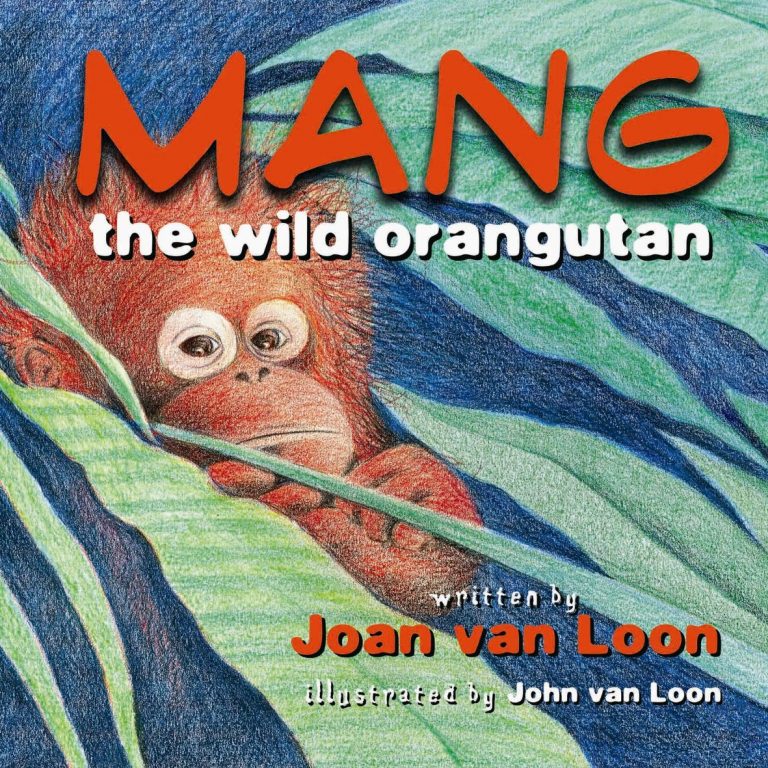
Orangutan: 97% human
I was driving with a friend once and he said, out of the blue and in a fake German accent, “Ze hairy orung-gootunga, ze old man of ze woods.” My sense is that a month does not go by in my life when I don’t think of this and laugh out loud. Whenever I see any kind of primate, orangutan or not, I say the same line in the same accent, out loud more often than not. Not only do people not laugh; they do not smile. Thus I have spent many years sharing a private joke: not with the friend whose joke it was (years after he first said it I had the opportunity to say it back to him, and he, too, looked at me blankly), but with the orangutan himself. I like the notion of an old man of the woods. In the manner in which, as humans, we cultivate feeling toward things through the lens of how they make us feel about ourselves, this joke makes me feel warmly toward orangutans.
Recently I took my child to the zoo. Just as I prop up my shoddy environmentalism by driving my household recycling like a surly ringmaster, I prop up my shoddy knowledge of and concern for the kingdom Animalia by disliking zoos. The zoo we went to is considered a fine one by world standards. This means a lot of things—it’s shady, well kept, quiet, and expansive—but in a basic sense it means this zoo has put enough money into landscaping to allow visitors to suspend anxiety about the one immutable fact about zoos: they’re prisons.
We saw the lions—when I was a child, a deranged martial arts expert stole into the enclosure at night and tried to take on the king of the jungle—and we saw the tigers, pacing back and forth in a manner that brought to mind a martial-arts expert immediately prior to taking on the king of the jungle. Do tigers pace in the wild? Wouldn’t they sleep, scan the horizon, or run full tilt at their dinner? We had butterflies land on our shoulders in a vast biodome-like structure. We saw giraffes, who apparently never sit down, and elephants, who are pregnant for two years.
Then we came to the orangutan enclosure. It is thrilling. It is, in the strangest possible way, a view of oneself. It is like looking in the mirror with an astonishingly bad hangover: you, but not quite. Upon entering the viewing platform, I was taken by the orangutans’ fully articulated hands, their conscious observing, their joy in rapid movement for its own sake, the overt playfulness of their play with each other. Then, as though looking through the window at any human household, I started to notice other things. Eating. Rearing of babies. (I am not anthropomorphizing: this is what baby orangutans are called. No foal, kitten, calf, or chick equivalent. Just baby or infant.) Fights. The desire for privacy. Thus I realized that I was gawking unsubtly at the intimacy of their lives. A meerkat may look up at me from its enclosure, but I don’t think it’s wondering, How come you’re out there, about to get into your car and drive home listening to music and eating drive-through, and I’m in here? Not the orangutans. The orangutans seemed in a constant state of confusion about why we weren’t all just hanging out, walking around the zoo, looking at animals together.
It didn’t help that there were posters everywhere that said orangutan: human. The provision of this information, at this moment, seemed to me the height of perversity. Rather than adding to my wonder and awe, it cemented my feeling of self-loathing at belonging to a species that incarcerates other species for its own amusement and education. As I backed slowly out of the enclosure, I saw one orangutan curl into a ball under a sheet and stop moving, another slap at the glass, and another behave in a series of ways that could be loosely described as “going crazy.” Fortuitously, my daughter found them frightening and wanted to leave.
If I hadn’t had this experience, I probably would have found the tone of Mang the Wild Orangutan, written by Joan van Loon and illustrated by John van Loon, a little aggressive. But clear to me now is the need for an orangutan, in whatever medium, to be given the opportunity to ask: What the fuck are you looking at? The book is a monologue—and I don’t doubt this is because orangutans could, if given the chance, write, read, choreograph ballet, and develop penicillin—and one that quickly becomes accusatory, as Mang points out that he does indeed notice us laughing at him, laughing out loud, laughing “till tears run down [our] face[s].” And then, in a manner that suggests he spent his formative years in the Bronx Zoo, he asks: “What’s so funny?” (This question is so straight-up tough that when I read this story to my daughter I had to stop myself from giving a nervous, high-pitched giggle and saying, “Nothing! Nothing at all. No problem here.”)
Mang then begins telling us his story: “A long time ago, I lived in the great rainforests of Borneo.” He runs through a litany of reasons we should all pay him a boatload more respec’: he is brave, he is a master of the trees, he is immune to inclement weather, he can nail yummy food left right and center. Sound arguments all. Then, rapidly, unceremoniously, without warning—for these are the truths of the jungle—his mother is shot and Mang is captured, put in a sack, and “carried in a cage far far away.”
Cue my daughter’s tears. In her defense, she didn’t like the caged orangutans at the zoo—so maybe crying was just a gesture of longing for her cousins’ freedom. But in truth I had to stop myself from seeing those tears as a little disingenuous: you pay your money, you get your fizzy drink, you get to point at the animals from your position at the top of the food chain, but you can’t handle the truth? How did you think those animals got in there? Begging at the gates of civilization? Do you think the orangutans in the jungle sit about envyingly discussing the orangutans in the zoo, like Mummy and I discuss Uncle Dave’s move to Ibiza to open a part-time scooter-rental business? Tell it, Mang! Speak the hard truth for orangutans everywhere.
Tim Sheedy
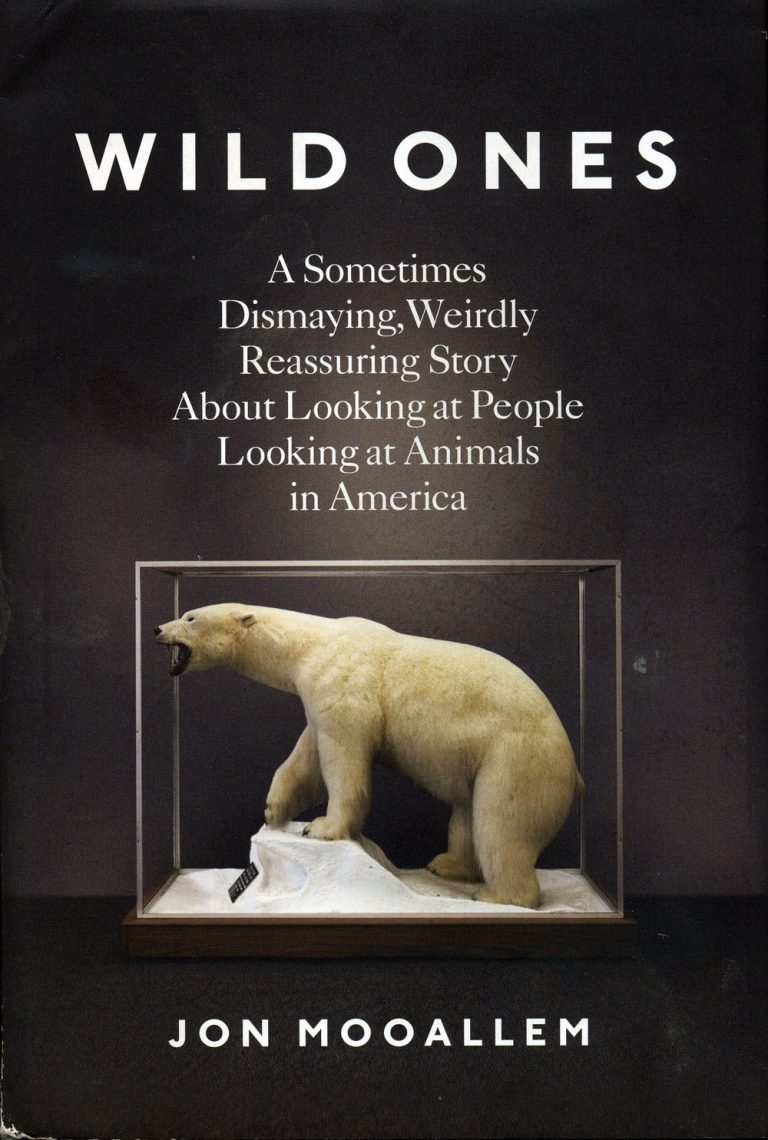
we all see the polar bear dying
Every time I take my birth-control pill, I think about the ozone layer. As a child raised in the early ’90s, when scientists were shouting, “Hairspray makes Earth hot!” and puppets shaped like robots rapped about recycling, fear of the waning ozone layer made me worry about my own future, not to mention that of a future generation. It is this tension, this fear of our legacy and of rising floodwaters, that animates Jon Mooallem’s Wild Ones. Mooallem is a new father watching his daughter’s room fill with toy versions of sweet, furry animals, while outside all of the real animals are disappearing. So he begins to tell informed, natural-science-tinged bedtime stories, recognizing that, in the same way that wild animals are anthropomorphized in children’s books, our natural crisis must be humanized through story as well.
Mooallem looks at the marketing angles of conservation projects (the CRANIAC bumper stickers sported by those religiously following an intricate, human-led whooping-crane migration); explores our innate love of charismatic megafauna (the big-eyed, fluffy animals we feel for in viral videos while spindly, ugly insect species vanish without notice); and even follows Martha Stewart’s production team as it tries to get the best sunset-soaked Alaskan shot while another tundra buggy races alongside it, filled with staunch environmentalists who want to make sure the crew doesn’t ignore the dying polar bear cubs just out of frame. He notes our awkward track record with controlling the natural world, too: the forgotten boom of sea-mammal love in the ’70s, our change of heart about America’s bison after we hunted them to the brink of extinction.
These moments might sound purely anecdotal, but Mooallem is able to transform these stories beyond narrative into a deeper menagerie of meaning. His voice is not isolated or objective; he favors a tone that manages to implicate both himself and the reader—not “I see the polar bear dying” but “We all see the polar bear dying.”
His subjectivity and his emotions become a collective consciousness rather than one author’s argument. Wild Ones eases into view the overwhelming realities from which we keep averting our gaze—incriminating us all in the process, while managing to impart a spirit of hope.
We like to imagine ourselves as agents of positive change in the world of conservation, but mostly we see our fates reflected in the withering populations of species whose habitats we have steadily destroyed. We will be them soon enough. Mooallem peels away the biographies of the human saviors in each project, but he also wonders openly whether the very act of storytelling is part of the problem at hand. Our desire for an emotional tale or a rapping,recycling robot helps us avoid the much larger picture—uncontrollable, unfathomable—that his book only hints at. Wild Ones leaves us with the desire to relate its stories, maybe to take some sort of action, however Sisyphean, and to try to ignite a discussion, slowly, about the amorphous future of the “natural” world. We will always tell ourselves stories in order to live, but as the fragility of life becomes an increasingly central plot line, we may need to find a different type of story.
Donna Kozloskie
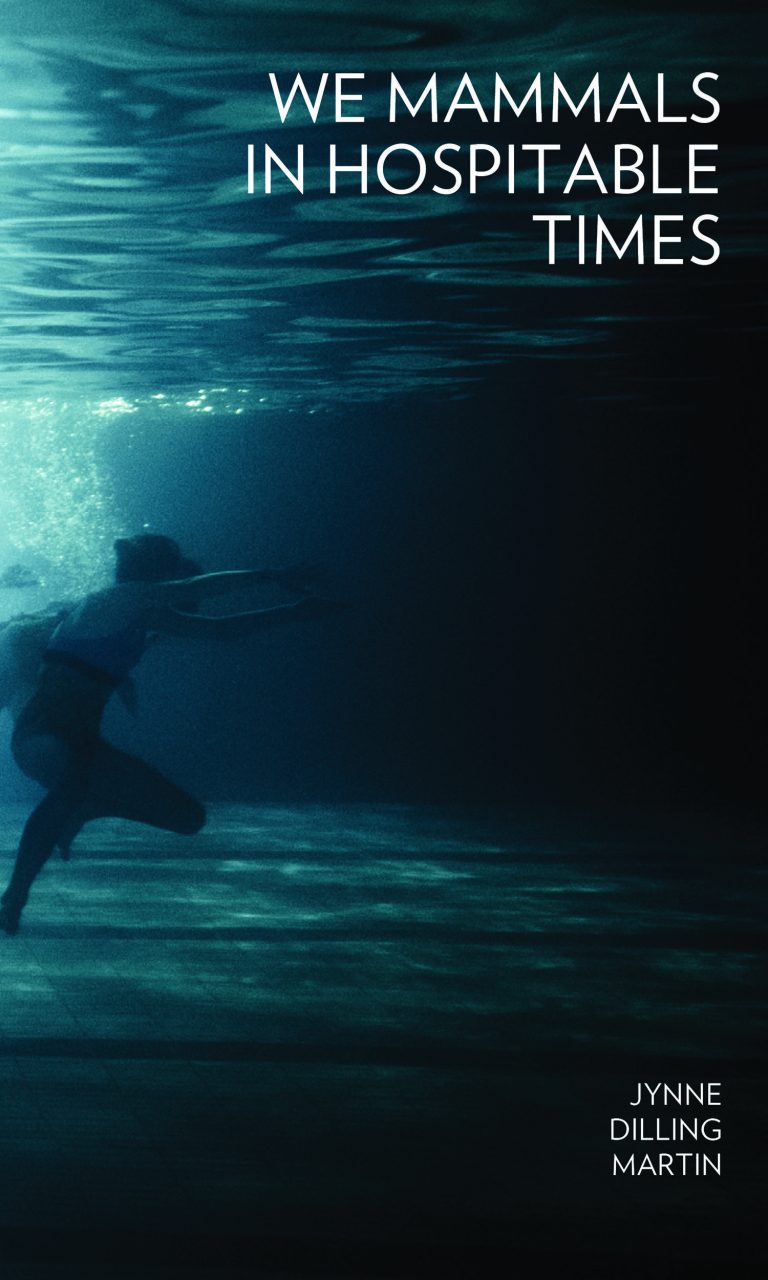
And nature looks back
Galway Kinnell’s poem “On the Oregon Coast” centers around a dinner conversation with the poet Richard Hugo on the topic of personification. “We agreed,” Kinnell writes, “that eighteenth- and nineteenth-century poets almost had to personify, it was like mouth-to-mouth resuscitation, the only way they could imagine to keep the world from turning into dead matter.” But in the wake of Darwin’s revelations that man evolved from and with his fellow beasts, Kinnell concludes, poets should “anthropomorphize the world less and animalize, vegetabilize, and mineralize ourselves more.” A noble stance, if a slippery one: ecological thinking still gets shot through with human longing, and can still sink into the murky waters of what Kinnell calls “pre-Darwinian language.” After telling us that Hugo has died, Kinnell concludes his poem with an image of a log “bouncing down the beach” before it “plunges as though for good into the water.” The log stands for Hugo, mineralized—but that means the log is personified, too. Stricken by grief, Kinnell imbues dead matter with extra life, using nature for his own literary purposes.
Reading Jynne Dilling Martin’s We Mammals in Hospitable Times, it is easy to imagine her—given a time machine—zooming back to Kinnell and Hugo’s dinner table. In Martin’s poems, animals, vegetables, and minerals collide and blur and throw one another into relief. She’s interested less in the overwhelming force of Darwin than in the crackling of particulars: polar bears at the zoo wake up in a snowstorm; a biologist drills into a sea snail to hear its heartbeat; a woman marries a worm. As the collection’s title makes clear, Martin animalizes humans—“I dream / of our youthful fucking, our softness, how in ancient times we had tails”—but she also personifies animals and, by their sheer proximity, makes humans and animals resemble one another. “The snake crawling out of her skin pulls it inside out / like a nylon stocking: I wonder who would recognize me now,” she writes. If the “I” is the poet, she’s got some snake in her, too.
To Martin, man is part of nature but also sees it at a distance: in picture books where a “whale battles a horned sea monster,” at a circus where a donkey can “stomp out answers to questions.” Yet humans aren’t the only spectators: “The microscope zooms in on a freshly formed eyeball // gazing expectantly back.” Elsewhere, as the planet warms, “the noise made by a million barnacle larvae swimming north // is less hiss or whisper, more betrayed stare.” We look at nature, and nature looks back. In these moments, Martin puts us in a biological hall of mirrors, or a fun house peopled with polar bears—only instead of a carnival barker outside there’s a street preacher hollering about end-times.
What do those end-times look like? A zoo goes up in flames. A “ship will be crushed in a polar storm.” A pregnant woman is abandoned. “Some animals enter caves and never reemerge.” The most terrifying end-times in We Mammals, though, are still to come: the ice caps will melt; “the mouth of the Beardmore Glacier will spit out [the] bones” of dead explorers; “the basements // of coastal cities will begin to flood, an inch at a time.” Global warming liquefies Martin’s title as well, which can elide into the inhospitable times for which we mammals are responsible.
In 2013, Martin spent six weeks as an Antarctica artist-in-residence, on a grant from the National Science Foundation. There was a flurry of press about her activities, and with good reason: who wouldn’t like stories of a poet among the penguins, donning seven-pound boots and doing yoga out on the ice with scientists? But We Mammals is of a different order: full of quirkiness, affection, and natural beauty, but also of great urgency. Martin reaches her most damning, apocalyptic vision in “Revelations,” in which the world teeters on the brink of ecological collapse and language ceases to work: “Like an adopted cat, your planet hates its name. // Your entreaties bore it and turning, it declines to respond.” Flattery— in the form of scientific study or poetic praise— doesn’t cut it, and the earth plots its revenge for all we humans have done: “no wonder the snow hangs tightly in the sky / ready on a moment’s notice to bury the building where you sit // sketching a future world.”
It’s one thing to look at a log as if it were a person, to imagine oneself as a snake, to remake the world in words. It’s quite another to make the actual world a place where whole species are going extinct, to plot “your jailbreak” from a planet you’ve ruined. That’s why Martin closes “Revelations” by turning the familiar nursery rhyme about a song of sixpence into doomsday prophecy. In the original, four and twenty blackbirds sing for a king. Here Martin gives them the last word, a terrifying one: “Boys, the afterlife will be a pie of live bird heads. / Their song so cracked you won’t dare take a bite.”
Megan Pugh
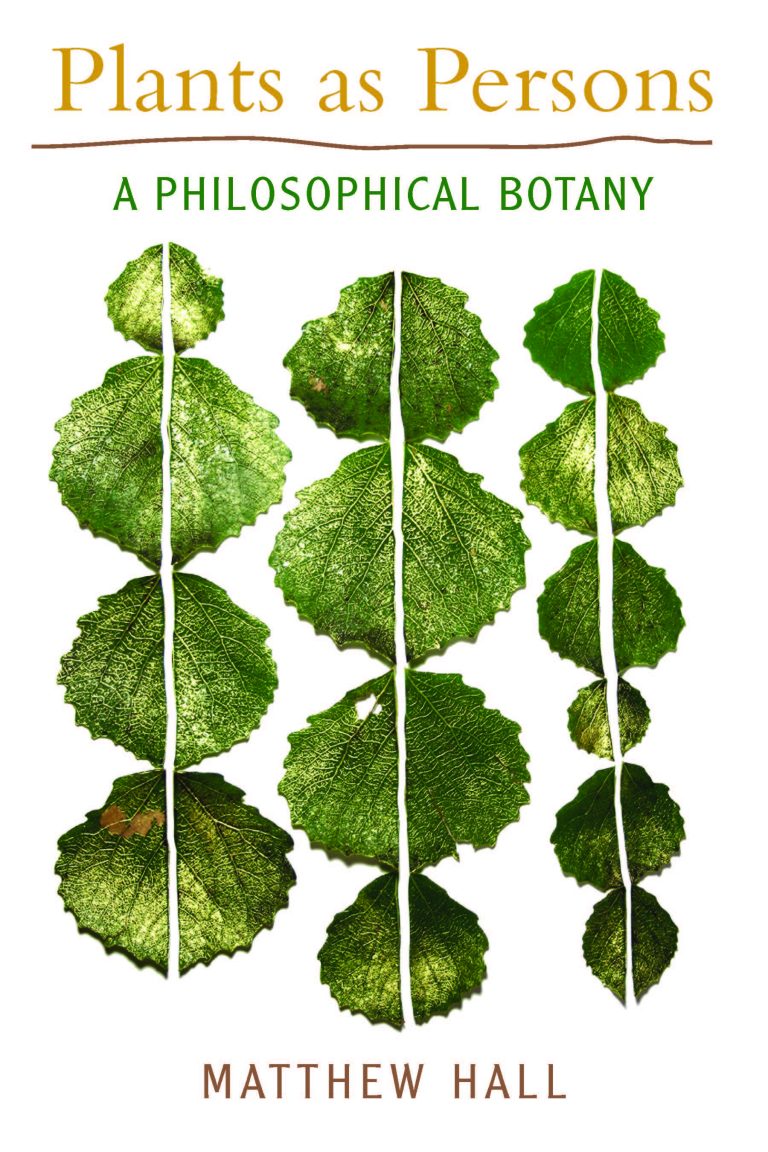
Consider the cabbage
In the summer of 1914, the polymath scientist Jagadis C. Bose, attempting to prove that plants feel pain and emotional distress, invited leading literary and scientific figures to visit his private laboratories for demonstrations of plant sentience. According to Bose’s biographer, George Bernard Shaw attended one of these events, and, “being a vegetarian, was unhappy to find that a piece of cabbage was thrown into violent convulsion when scalded to death.” A hundred years later, we are again being asked by academics to consider the cabbage as well as the lobster. A recent explosion of scientific literature about plant perception and communication has shown that, among other things, plants can interpret sounds and use chemical signaling to warn other plants about nearby predators. These studies suggest that it may be time to reevaluate our basic conceptions about the status of vegetal life.
The idea of plant sentience can be unsettling.Plants seem so alien to us, so passive, so unknowably silent, and above all so lacking in the qualities we associate with mentality, that understanding them to be intelligent forces us to question our longest-held assumptions about what constitutes consciousness. This is not a new philosophical impasse, however: early in his book Plants as Persons: A Philosophical Botany, Matthew Hall introduces Theophrastus, a classical Greek thinker. Aristotle, Theophrastus’s mentor, believed that plants had merely a “nutritive soul” and were capable of nothing of a higher order than self-preservation. Theophrastus, on the other hand, believed plants were volitional and autonomous, a belief he delineated in two long books (Enquiry into Plants and On the Causes of Plants), which equal Aristotle’s works in argumentation and obsessive classification. Hall, a research scientist at the Centre for Middle Eastern Plants at Edinburgh’s Royal Botanic Garden, invokes Theophrastus to show that our traditional understanding of plants as merely passive resources, as literal background for the “real” lives of animals and humans, is far from a fixed, “natural” position.
Theophrastus’s intuitions are now proving more accurate than historians of science might have imagined even a few decades ago. Moved by recent findings about plant sentience, humanists and social scientists have been reconsidering subjectivity and life itself, and have been quick to produce exploratory texts: recent anthologies and monographs have included critical readings of the representation of plants in English literature and ethnographies of human-plant interactions by radical anthropologists (like The Multispecies Salon and Eduardo Kohn’s How Forests Think).
The question of why we think about plants the way we do and the problem of how little scholarly attention has been paid to plant intelligence have both practical and theoretical significance, and two books already canonical in human-plant studies are specifically concerned with the treatment of plants in the history of philosophy. On the more pragmatic end, Hall’s Plants as Persons offers an ethical, activist position: our understanding of plants as beings alters how we behave toward them and ultimately how we treat the planet, whose survival depends on the flourishing of its plantscapes. Hall’s claim is that our conceptions of personhood, and its attendant rights and morals, ought to be extended to include plants; he supports this idea through arguments similar to those made in the early animal-rights movement (most notably in Peter Singer’s 1975 Animal Liberation). His broad, sweeping history points out those places and times when we have viewed plants as autonomous, relational, self-governing organisms, capable both of happiness and of being harmed. These models of proto-personhood are found in Theophrastus, as well as in Jain philosophy, East Asian Buddhism, and much of indigenous and pagan thought—all of which Hall contrasts with Western “zoocentric” ideas about vegetal life.
In The Philosopher’s Plant: An Intellectual Herbarium, philosopher Michael Marder, whose work has also been extremely influential in this nascent field, takes a more speculative tack. Hall falls short, according to Marder, in his reliance on existing concepts of personhood. Marder urges us to move past trying to imagine plants as “like us,” encouraging us instead to encounter them as they are in the world. This un-thinking would require us to dig past our inherited understanding of what constitutes life, and what it means to experience time, freedom, intention, and death. While both Marder and Hall deemphasize anthropocentrism, Marder wants to use the complexities of plant life to critique Western philosophy itself, not to bring plants into its fold.
Yet plants have played a part in Western philosophy since its early days. Marder lays out a concise history of Western metaphysics, using one plant per chapter to typify, critique, or otherwise trouble the thinking of an important philosopher: Aristotle’s wheat, Kant’s tulip. The result is an idiosyncratic view of the edges (and often the underpinnings) of some of the loftiest human thought, and a revelation of just how much philosophers have relied on the quiet lives of plants to explain their concepts, often without considering the ontology of the plants themselves.
Marder concludes The Philosopher’s Plant by introducing the philosopher Luce Irigaray, whose work on women’s being and writing suggests the breadth enabled by thinking outside inherited modes. Irigaray and Marder are currently working on an experimental “plant autobiography,” suggesting that at least one outcome of critical plant studies might be new genres of life writing. It remains to be seen how much a full understanding of vegetal being can do to bolster environmental ethics or push the boundaries of philosophical thought, but the blossoming field does offer a response to some major questions that the humanities and social sciences currently face: what sorts of inquiry will occupy the future landscapes of academic work?What other silent presences have we been overlooking in the long history of our respective disciplines? Most of all, what does it mean to be a living being, with volition and agency, however limited? The answer is crucial for understanding not just plants but also new kinds of life, post-human and otherwise, that have yet to come into being.
Monica Westin
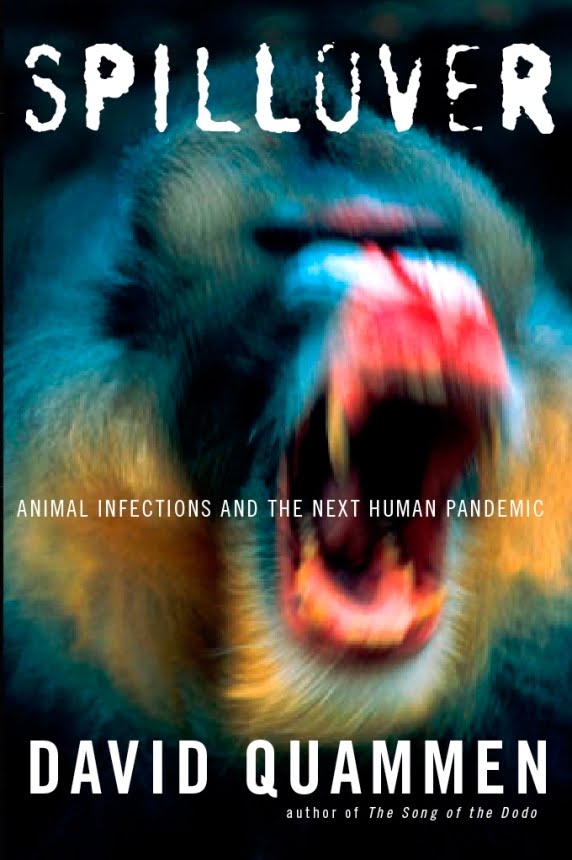
Everything comes from somewhere
The largest moon I’ve ever seen hung just out of reach over a wine-dark stretch of the Caribbean Sea. I was living at a research facility just outside of Basseterre, Saint Kitts, studying Parkinson’s disease, among other things, in the island’s buzzing heat.
For the scientists who periodically flew in, the main draw was our monkeys, those gorgeous African vervets that overrun Saint Kitts and her sister island, Nevis, their bushy fur shot through with silver. We used the monkeys for experiments that occasionally bothered me for their cruelty, but we were people of science; this was all in service of that greater good. Even the poor experimental outcomes were meant to tell our story.
In the studies I later undertook on disease ecology—the dynamics of the things that kill us, how they spread, where they come from, and what we do to provoke them—I would realize that I came away from Saint Kitts more convinced than ever of science’s storytelling force, and of the power of the narratives it champions.
David Quammen’s 2012 book, Spillover: Animal Infections and the Next Human Pandemic, begins with an epigraph from the Christian manual for the end of history:
And I looked, and behold a pale horse: and his name that sat on him was Death, and Hell followed with him. And power was given unto them over the fourth part of the earth, to kill with sword, and with hunger, and with death, and with the beasts of the earth. (Revelation 6:8)
Those apocalyptic overtones suit Quammen’s project: singing the ballad of “the Next Big One,” the disease that will end humanity, the thing that will eradicate us like the hundreds of species we’ve destroyed over the last five hundred years. Quammen believes—and I don’t think he’s wrong—that death and hell will ride in on the back of zoonotic disease, the kind of illness that jumps fluidly between animals and humans. The kind that “spills over.” Diseases like Ebola, HIV, West Nile virus, yellow fever, tuberculosis, and SARS, to cite a few familiar names. This will be our fault.
Quammen writes, “To put the matter in its starkest form: Human-caused ecological pressuresand disruptions are bringing animal pathogens ever more into contact with human populations, while human technology and behavior are spreading those pathogens ever more widely and quickly.” When we drive an infectious agent—virus, bacterium, protist—out of its natural habitat, it needs to find a new home or go extinct. And we are so magnificently available, the seven billion of us.
The importance of the way science tells its stories, and the characters we play in them, can’t be overstated. The illumination of this fact is Quammen’s real achievement in Spillover, which weaves together disparate stories by braiding their similarities. The animals implicated—horses, gorillas, bats, ticks, and more—are actors that are as important as humans, and their weighty stories are intimately intertwined with our own: too intimately to unweave. When infected bats drop their guano near horse stables, the horses die first, then the humans, as was the case with Hendra virus. Or the tale might start earlier, as with HIV in the early part of the twentieth century, with a spillover from an African chimpanzee infected with simian immunodeficiency virus, whose carcass was found and used for bush meat. Quammen insistently uses the pronoun we to imply a powerful collective responsibility in which the burden rests squarely on the shoulders of Homo sapiens, “wise man.”
We shake the trees, figuratively and literally, and things fall out. We kill and butcher and eat many of the wild animals found there. We settle in those places, creating villages, work camps, towns, extractive industries, new cities… We visit monkey temples in Asia, live markets in India, picturesque villages in South America, dusty archeological sites in New Mexico, dairy towns in the Netherlands, bat caves in East Africa, racetracks inAustralia—breathing the air, feeding the animals, touching things, shaking hands with the friendly locals—and then we jump on our planes and fly home.
Where does action end and story begin? I could talk about the science behind diseases, about how different infectious microbes slip from animals to humans and back again, slivering into increasingly deadly shards; I could relate a former professor’s story as he told it to us, casually, about venturing into the Congo in ’95 to fight an outbreak of Ebola, and how minuscule that outbreak now seems. I might even recall the first time I arrived at the lab in Saint Kitts, and I had to get a tuberculosis test intended for our vervets because I’d neglected to get one stateside—the test, I was told, was to protect the monkeys from whatever I might be carrying. The barrier between us is so porous. The monkeys died anyway.
The biblical epigraph from Spillover gets to the heart of the matter. No one knows what the Next Big One will be; no one knows yet how the story will end. Will it be careless, impersonal? Will the paradigm be inverted so that we are totally helpless at the hands of another species? Will we die like the vervets?
I can say from experience that some people, if they hear you’re writing a book about such things—about scary emerging diseases, about killer viruses, about pandemics—want you to cut to the chase. So they ask: “Are we all gonna die?” I have made it my little policy to say yes.
In Spillover, Quammen shows how powerful scientific narratives are, how isolated data points grow into larger tales. It’s not that science doesn’t tell enough stories, or that it tells the wrong ones: it’s that, all too often, we’re not willing or able to listen to them.
I guess it’s really only time that separates us from the beginning and the end, from our hominid ancestors and our eventual microbial conquerors. That full Kittitian moon was, I learned later, the closest it would get to Earth in our respective orbits around the sun. And when the Next Big One comes, it will watch silently, drawing by turns nearer and farther away.




